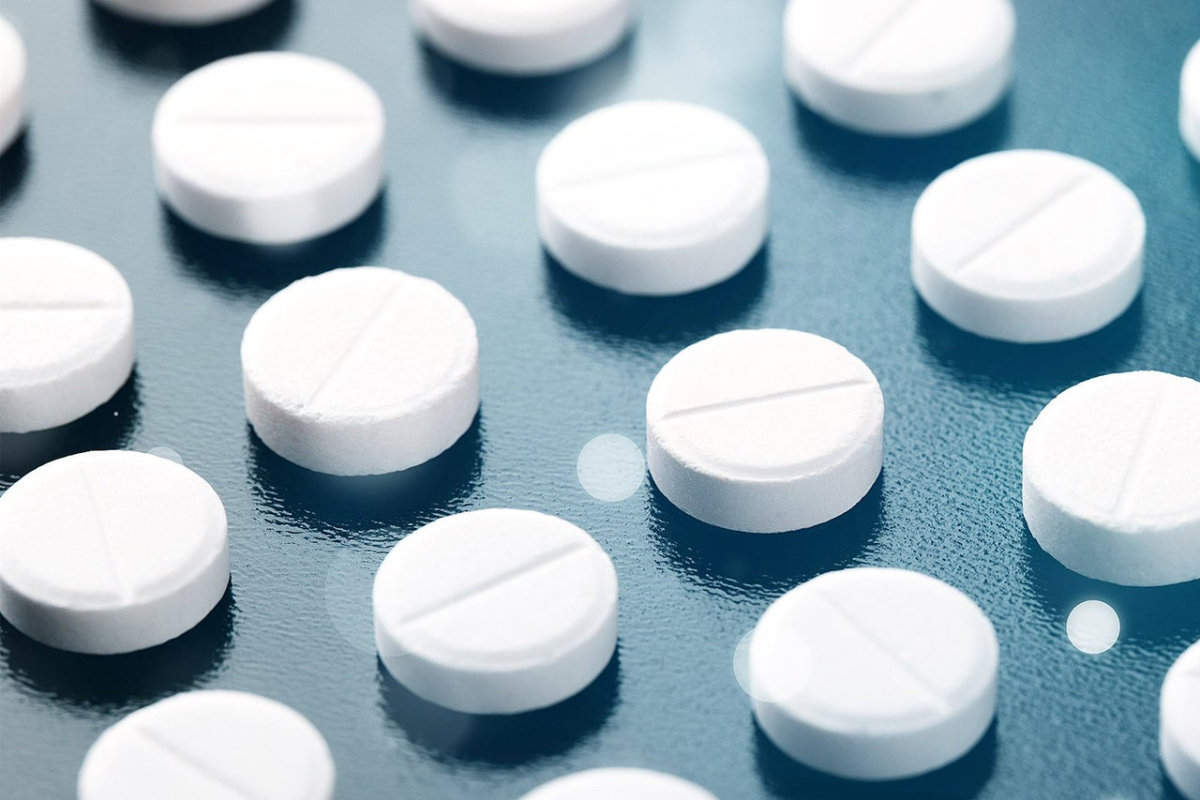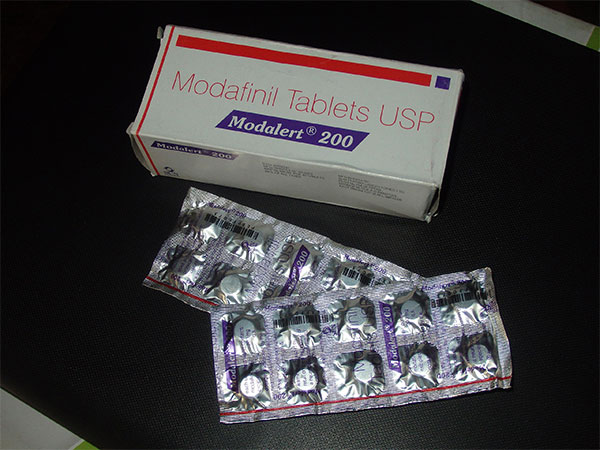Modafinil vs. Adderall: Uses, Effects, and Key Differences Explained
Modafinil and Adderall are two of the most widely recognized prescription medications for enhancing wakefulness and attention. While both are central nervous system stimulants, they differ in their mechanisms, approved uses, side effect profiles, and potential for misuse. These differences are clinically significant, especially since both drugs are classified as controlled substances. Understanding their distinctions helps patients and healthcare providers make informed choices when managing conditions such as ADHD, narcolepsy, or excessive daytime sleepiness (FDA, 2015; Greenblatt & Adams, 2023).
Description of Modafinil
Developed in the late 20th century, Modafinil is classified as a wakefulness-promoting agent rather than a traditional stimulant. It is FDA-approved for narcolepsy, obstructive sleep apnea, and shift-work sleep disorder (FDA, 2015). The drug is thought to work by inhibiting dopamine reuptake while also influencing orexin and histamine pathways, which regulate arousal and sleep–wake cycles (Greenblatt & Adams, 2023).
Although not FDA-approved for ADHD, Modafinil has been investigated in small clinical trials. A crossover study in adults found Modafinil improved ADHD symptoms compared with placebo, though it was less robust than dextroamphetamine (Taylor & Russo, 2000). Importantly, the FDA label highlights that Modafinil should not be prescribed for ADHD due to concerns over rare but serious skin reactions.
Common side effects include headache, nausea, and insomnia. Rare but severe risks include Stevens–Johnson Syndrome (SJS) and other dermatological hypersensitivity reactions (FDA, 2015).
Description of Adderall
Adderall is a combination of amphetamine and dextroamphetamine, long used as a treatment for ADHD and narcolepsy. Its mechanism involves increasing dopamine and norepinephrine release, with additional serotonergic activity (Estrada et al., 2012). By raising levels of these neurotransmitters, Adderall enhances focus, attention, and impulse control.
Adderall is classified as a Schedule II controlled substance due to its high potential for abuse and dependence. It carries boxed warnings for addiction, cardiovascular risks, and psychiatric effects. Side effects include loss of appetite, insomnia, mood swings, and in some cases, growth suppression in children (Taylor & Russo, 2000).
Mechanism of Action: Modafinil vs. Adderall
- Modafinil: Weak dopamine transporter inhibitor; increases extracellular dopamine modestly; also activates orexin and histamine pathways that regulate arousal (Greenblatt & Adams, 2023).
- Adderall: Promotes the release of dopamine and norepinephrine from presynaptic neurons and inhibits their reuptake, leading to a stronger stimulant effect (Estrada et al., 2012).
This distinction explains why Modafinil is often perceived as having fewer euphoric effects and lower abuse potential compared to Adderall.
Efficacy in Treating Conditions
- Narcolepsy and Sleep Disorders: Modafinil is strongly recommended by the American Academy of Sleep Medicine for treating narcolepsy and residual sleepiness in OSA (FDA, 2015). Adderall can be effective but is less commonly first-line due to side effects and abuse risk (Estrada et al., 2012).
- ADHD: Adderall is highly effective and FDA-approved. Modafinil has shown some benefit in adults with ADHD (Taylor & Russo, 2000), but it remains off-label and carries important safety restrictions.
Side Effects and Health Risks
- Modafinil: Generally well-tolerated, with headache, nausea, and insomnia most common. Rare but severe dermatologic reactions, including SJS/TEN, have been reported (FDA, 2015). Abuse potential exists but is lower (Schedule IV).
- Adderall: More pronounced side effects, including appetite suppression, irritability, anxiety, and sleep disturbance. Abuse and dependence risk is high (Schedule II), and cardiovascular events are a concern in predisposed patients (Taylor & Russo, 2000).
Regulations and Classifications
- Modafinil: Schedule IV controlled substance with lower abuse potential.
- Adderall: Schedule II controlled substance with a high risk of abuse and dependence.
This regulatory distinction reflects differences in safety and misuse potential (FDA, 2015).
Off-Label Uses and Concerns
Both drugs are sometimes prescribed off-label for cognitive enhancement in healthy individuals or for conditions outside their FDA-approved scope. Research in sleep-deprived military personnel shows both Modafinil and Adderall can sustain performance and alertness (Killgore et al., 2008; Estrada et al., 2012). However, ethical and medical concerns persist due to limited long-term safety data in these contexts.
Patient Considerations and Prescribing Practices
The choice between Modafinil and Adderall depends on several factors:
- Primary diagnosis (ADHD vs. narcolepsy vs. residual sleepiness in OSA)
- Medical history (e.g., cardiovascular risk, dermatologic conditions)
- Abuse potential (higher with Adderall)
- Tolerability (Modafinil often milder, but rare serious risks exist)
Physicians should carefully evaluate each patient before prescribing, balancing therapeutic benefit against safety risks.
Conclusion
Modafinil and Adderall are both effective in promoting wakefulness, but their roles differ substantially. Adderall remains the standard for ADHD, while Modafinil is the first-line choice for narcolepsy and other sleep disorders. Differences in side effects, mechanisms, and abuse potential make patient-centered prescribing essential.
References
- Estrada, A., Kelley, A. M., Webb, C. M., Athy, J. R., & Crowley, J. S. (2012). Modafinil as a replacement for dextroamphetamine for sustaining alertness in military helicopter pilots. Aviat Space Environ Med, 83(6), 556–564. https://doi.org/10.3357/asem.3129.2012
- Greenblatt, K., & Adams, N. (2023). Modafinil. In StatPearls. StatPearls Publishing. https://www.ncbi.nlm.nih.gov/books/NBK531476/
- Killgore, W. D., Rupp, T. L., Grugle, N. L., Reichardt, R. M., Lipizzi, E. L., & Balkin, T. J. (2008). Effects of dextroamphetamine, caffeine and modafinil on psychomotor vigilance test performance after 44 h of continuous wakefulness. J Sleep Res, 17(3), 309–321. https://doi.org/10.1111/j.1365-2869.2008.00654.x
- Taylor, F. B., & Russo, J. (2000). Efficacy of modafinil compared to dextroamphetamine for the treatment of attention deficit hyperactivity disorder in adults. J Child Adolesc Psychopharmacol, 10(4), 311–320. https://doi.org/10.1089/cap.2000.10.311
- U.S. Food and Drug Administration. (2015). PROVIGIL® (modafinil) tablets, for oral use, C-IV [Prescribing information]. https://www.accessdata.fda.gov/drugsatfda_docs/label/2015/020717s037s038lbl.pdf








